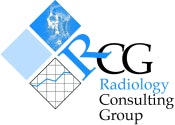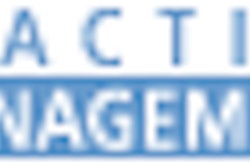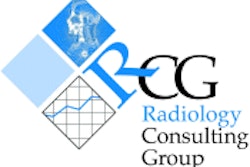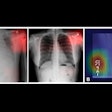
Radiology Consulting Group

Having to correct exam data after a study is completed not only adds time to the revenue collection process, it decreases the likelihood of payment and drives up the overhead and administrative costs associated with collecting revenue. Resources spent at the beginning of the process to ensure data accuracy will more than likely pay for themselves. Resources spent to educate staff in how the billing process works and how each staff member relates to it is a cost-effective investment in billing efficiency.
Put your people into the process
There are many avenues an organization must evaluate when critically examining or reinventing how the billing process is managed. Too frequently, organizations focus solely on process re-engineering or implementing new software, without taking into account the users and the staff that support the process.
Evaluations should be seen as an opportunity to train the department on the changes underway and to ensure that all stakeholders are aware of their impact. If this step is excluded from the process, not all parties that are involved with or support the billing process will have an understanding of the total environment. This will greatly reduce their ability to react proactively to problems when they occur.
Clinical history capture
There are specific issues in regards to billing on which training can have a direct impact. Proper clinical history capture is by far the most consistent issue that radiology departments face today. The improper capture of clinical history has a direct impact on the coder’s ability to properly document the report.
In this situation, it is critical to educate the staff responsible for capturing clinical history as to what is required to facilitate accurate coding. The standard issues that surround "rule out" and the use of descriptors for exam series such as "MVA" (motor vehicle accident) or "trauma" should be taught on a regular basis. This will ensure that your staff is up to date on process and procedures, and that new staff is given proper training.
An exhaustive amount of material has been written on corrective measures for capturing clinical history, and this article does not intend to cover these issues in detail. The point is that no matter what solution is implemented, if proper and consistent training of staff is not taken into consideration, the implementation will fail.
Report structure and content
The second area in which training can directly impact the success of billing is the content and structure of the report itself. The American College of Radiology Standard for Communication: Diagnostic Radiology, is an excellent resource for basic information about demographics and report structure. However, this standard does not address every method that needs to be communicated. The most important point in this area is to increase the level of detail in reports.
Increasing detail does not necessarily mean more content, just more accurate content. For example, instead of writing "tumor," the radiologist should clearly state the existence of a malignancy, if it exists. This will facilitate the proper coding of the exam. The use of "tumor" forces the coder to code for an "unspecified or benign." This could potentially affect the capability to collect fees for the exam. This example, and others, should be gathered and provided to staff. The department's coders are often an excellent resource for learning how to properly code an exam.
Feedback and continuing education
Along with ensuring regular staff training, a feedback system should be put in place to reinforce the training. This can be accomplished simply by having the coders gather the issues in a list, categorize the errors by type and area, and then report them back to staff. This reporting will also drive the content for future training.
The better educated the staff is regarding their impact on the billing process, the more likely the department will be able to increase the accuracy of billing-related data. In turn, this will increase the accuracy of the coding of exams, and increase the number of accepted submissions. In addition, it will reduce the amount of time required to collect revenues, and reduce the cost of collecting revenues.
By Gordon SmithAuntMinnie.com contributing writer
March 28, 2002
Smith is a senior consultant for the Radiology Consulting Group in Boston.
This story is part of a monthly series of practice management articles contributed by the Radiology Consulting Group in Boston. The ongoing series addresses topics and issues of concern to radiology administrators and business managers.
Related Reading
Voice recognition technology saves time, money, February 26, 2002
Budget monitoring reveals practice’s financial health, January 24, 2002
Creating a strategic patient safety agenda in radiology, December 28, 2001
Educational investment pays off in the radiology workplace, November 9, 2001
How to avoid PACS buyer’s remorse, September 27, 2001
Copyright © 2002 Radiology Consulting Group



















